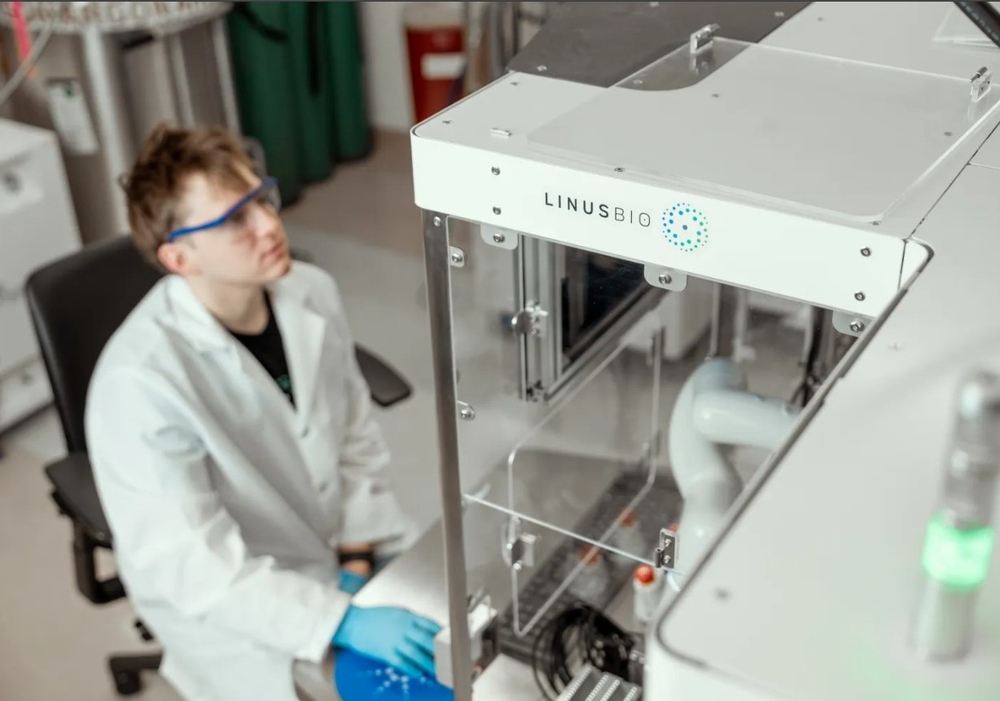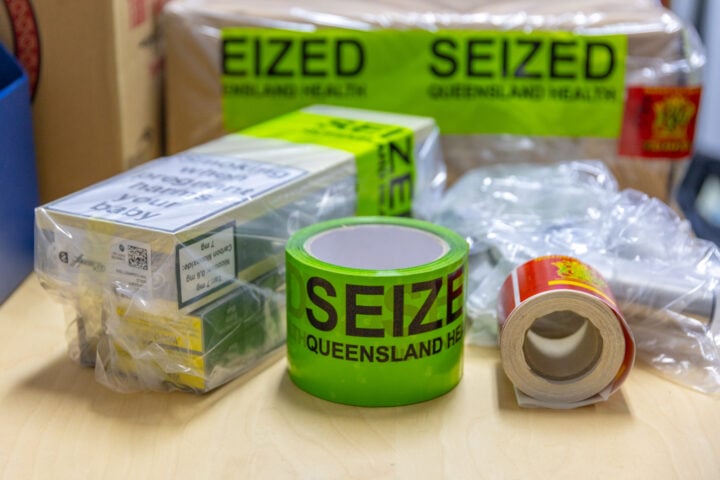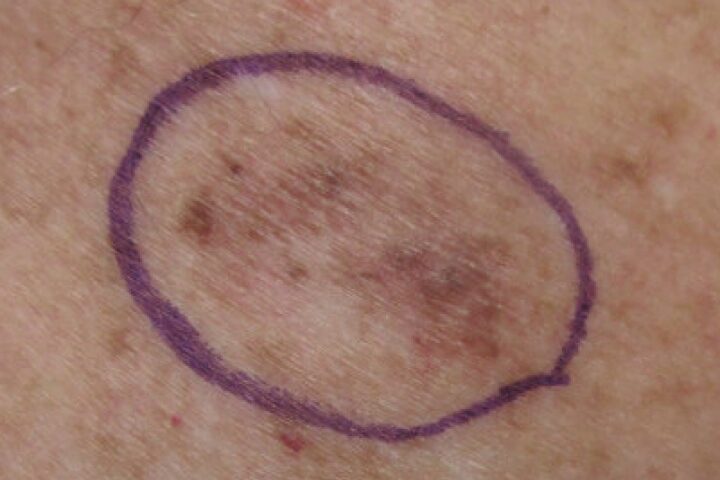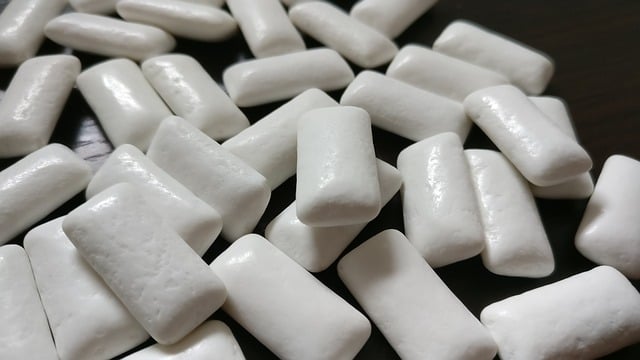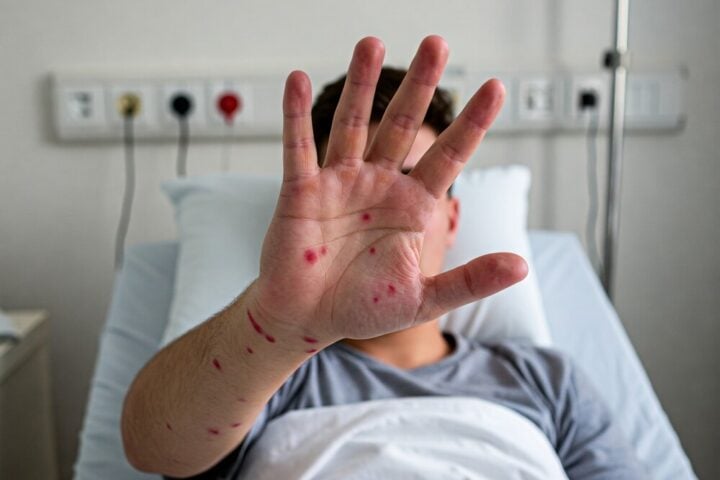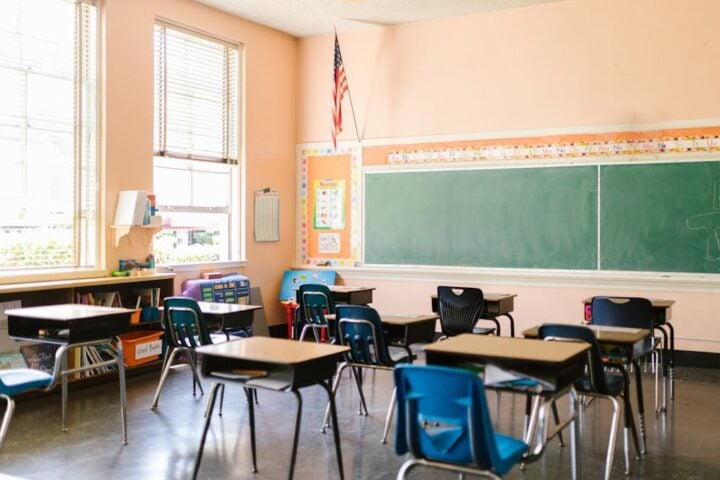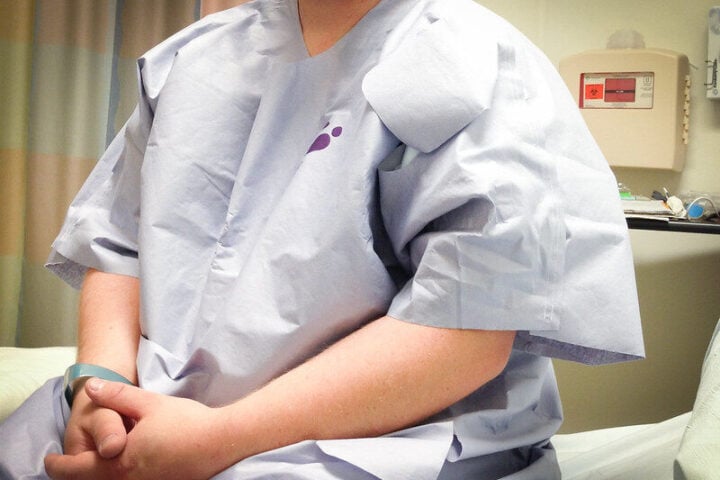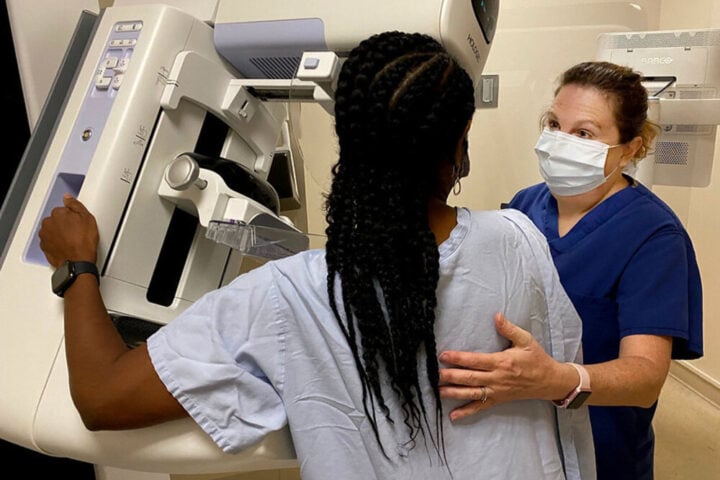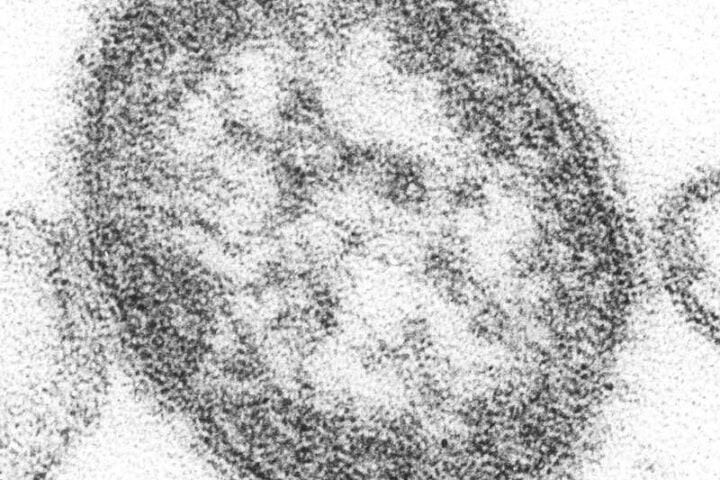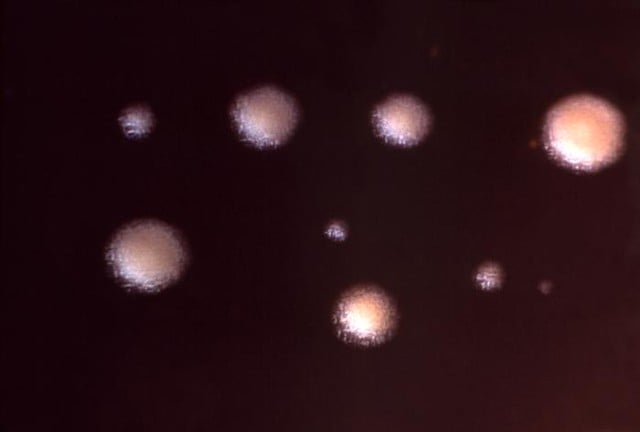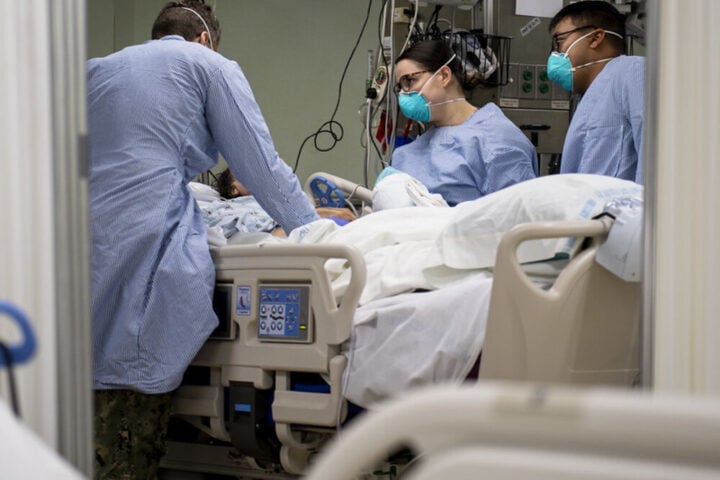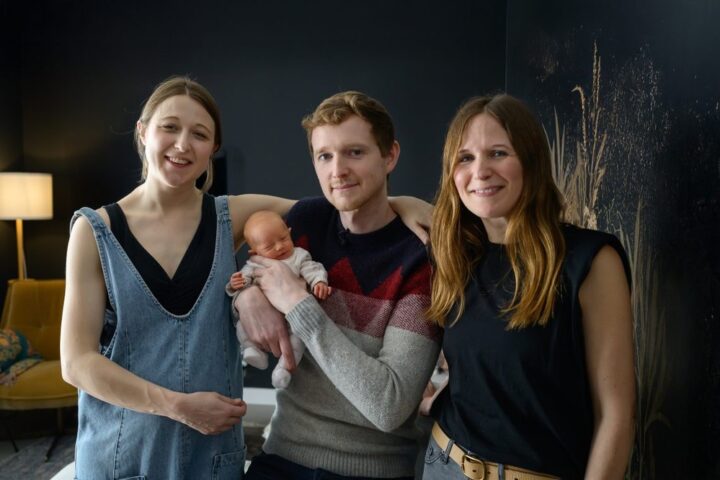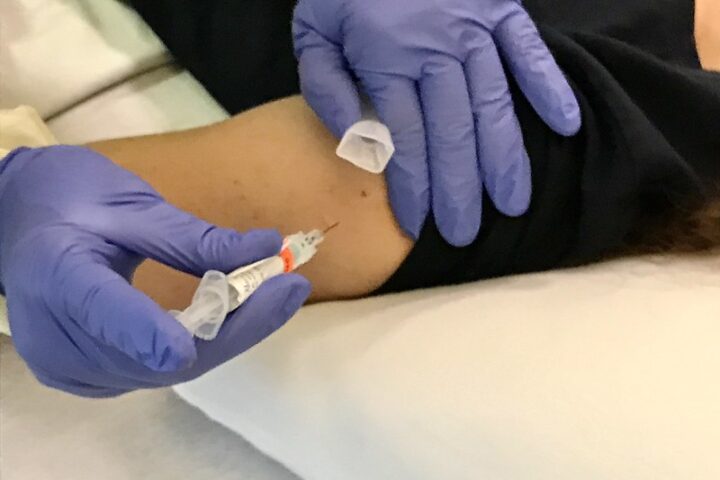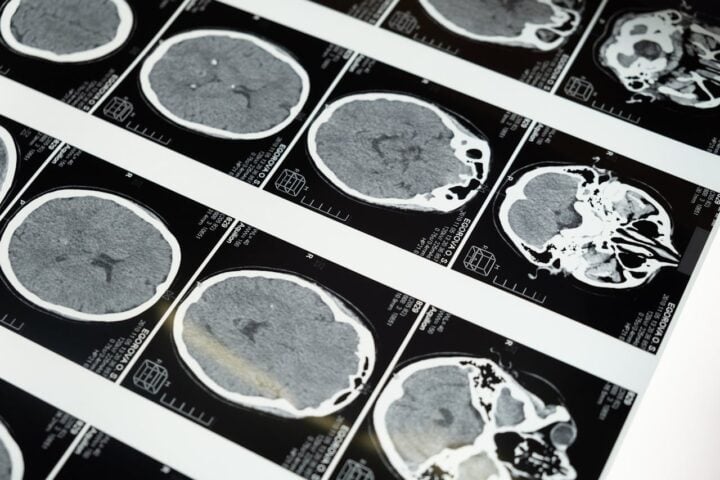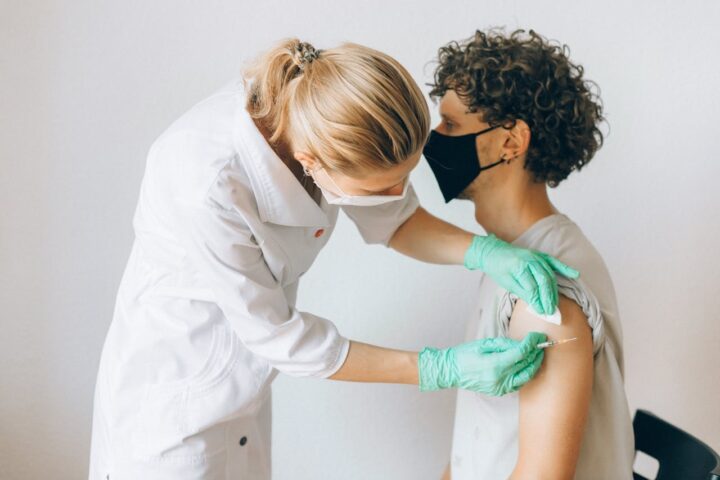A new test that examines a single strand of hair could change how doctors check for autism in young children. LinusBio, working with Mount Sinai Health System researchers, has created this test to help doctors rule out autism in babies as young as one month old – much earlier than current methods that typically identify autism around age four.
Think of hair like a history book of your body’s chemistry. Just as scientists can learn about past climate by studying tree rings, this test reads the chemical story written in a strand of hair. A robot carefully splits the hair lengthwise, and lasers scan it to create what scientists call a detailed “molecular movie” of the child’s early growth.
Behind the Technology
The test, called ClearStrand-ASD, uses a machine that uses laser technology to analyze the chemical patterns stored in hair over time. A computer then looks for patterns that might tell doctors whether a child is unlikely to have autism.
Recent testing shows promising results. When checking children who might be at higher risk for autism, the test had a negative predictive value of 92.5%, meaning it was highly effective at identifying those who didn’t have autism. This could help doctors focus more quickly on children who need immediate attention.
“With the rise in autism prevalence, earlier diagnosis and intervention in children’s formative years have become critical public health priorities,” explains Manish Arora, who started LinusBio and serves as its CEO.
Real-World Impact
Thomas Frazier brings both professional and personal insight to this development. As a clinical psychologist and father of a 21-year-old son with autism, he was initially sceptical. “I’ve worked with many companies trying new approaches to diagnosis, and until now, none made it to actual use,” he says. But after seeing the science behind it, he became convinced of its potential value.
The test looks at how our bodies process various substances, including things we eat and chemicals we encounter in our environment. This broader view reflects a growing scientific understanding that autism involves both genetic and environmental factors.
Practical Matters
Right now, you can get this test in 44 states – though California, Hawaii, Maryland, New York, Pennsylvania, and Washington, DC aren’t included yet. It costs $2,750, and insurance doesn’t cover it currently.
The process is straightforward: after getting a prescription, families receive a kit to collect a hair sample at home. They mail it back (postage is included), and within about three to four weeks, they learn the results during an online doctor’s visit.
Similar Posts
Important Limits
This test isn’t meant to diagnose autism by itself. Instead, it helps doctors rule out autism in children who might be at higher risk – like those with siblings who have autism or those showing early signs of developmental differences.
Stephen Sheinkopf, who studies autism at the University of Missouri School of Medicine, urges careful consideration. “This seems promising but needs more research,” he notes. “It could become one of several tools we use to screen children, but we need more evidence first.”
Making a Difference
The current situation isn’t ideal – children typically wait until age four for an autism diagnosis. Earlier detection could make a big difference, as research shows that early help with language and social skills often leads to better outcomes.
Rebecca Landa, who leads autism research at Kennedy Krieger Institute, sees potential in how this test might help with the shortage of autism specialists: “By helping identify which children are less likely to have autism, we might be able to reduce waiting times for those who need specialist care most urgently.”
Expanding the Technology
While focusing first on autism, LinusBio believes their hair analysis method could help with other conditions too. They’re already working on tests for ADHD and ALS, showing how this technology might grow beyond its current use.
The Science Behind It
The test uses a method called laser ablation-inductively coupled plasma-mass spectrometry (LA-ICP-MS). While this might sound complicated, it essentially means using specialized laser technology to analyze the chemical composition of hair. This technology can spot patterns across different cultures and communities, as shown in studies from the U.S., U.K., Sweden, and Japan.
A key strength of this approach is that it looks at changes over time, not just a single moment. As Arora explains, “We have 150 million biochemical signatures per person from a single one-centimeter strand of hair.” This detailed information helps create a more complete picture of a child’s development.
Expert Opinion
Healthcare providers emphasize that while this test adds a new tool for autism detection, it shouldn’t replace current methods. The American Academy of Pediatrics still recommends regular autism screenings at 18 and 24 months. Parents who notice differences in their child’s development can and should seek help through existing channels, even without this new test.
